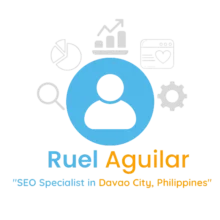
Google Philippines Celebrates Cultural Heritage with New Street View Collections
Google Philippines recently announced the addition of several new Street View collections, highlighting the country’s rich cultural heritage. These immersive experiences allow Filipinos and global audiences to virtually explore iconic landmarks, historical sites, and breathtaking natural landscapes across the archipelago.
A Virtual Journey Through the Philippines
The new collections showcase various aspects of Filipino culture, including:
- Historical Sites: Immerse yourself in the grandeur of Intramuros, the walled city of Manila, or explore the centuries-old churches declared UNESCO World Heritage Sites.
- Natural Wonders: Take a virtual hike up the slopes of Taal Volcano or marvel at the Banaue Rice Terraces, a testament to human ingenuity and natural beauty.
- Cultural Experiences: Explore vibrant festivals like the Ati-Atihan in Kalibo or witness the intricate craftsmanship of traditional weaving villages.
Promoting Cultural Understanding and Tourism
This initiative by Google Philippines aims to:
Preserve and promote Filipino culture: By making these sites accessible virtually, Google helps raise awareness and appreciation for the country’s unique heritage.
Boost tourism: The Street View collections offer a glimpse into the diverse beauty of the Philippines, potentially attracting more visitors to experience it firsthand.
Bridge geographical gaps: Filipinos abroad can connect with their cultural roots by virtually exploring their homeland, while international audiences can discover the Philippines’ wonders from anywhere in the world.
Beyond Virtual Exploration
Google Philippines emphasizes that these virtual experiences are just a starting point. They encourage viewers to explore the Philippines further, supporting local businesses and communities while experiencing the warmth and hospitality of the Filipino people.
This news story highlights Google Philippines’ commitment to leveraging technology to empower local communities and connect people with their cultural heritage. It showcases the potential of virtual experiences to bridge geographical gaps and promote understanding and appreciation for diverse cultures.



